Colony is a loaded word. It comes with layers of meaning, hiding and seeking and sometimes re-emerging with queer possibilities. Predominantly describing a type of relationship between humans and (other) humans, colony is superimposed in this exhibition onto a different terrain in order to explore the relationship between humans and nature, jumping in-between other anthropocentric conceptualizations of the world. To what extent can the human define the non-human? Is culture a part of nature or nature a subset of culture? Can the synthetic surpass the organic? Asking these questions unapologetically and including some lively works that span performance, sculpture, video and many more, the exhibition “colony” at the Schwules Museum* Berlin attempts to decolonize our understanding of the world with a queer perspective.
One of the highlights of colony, İris Ergül’s eerie and at once familiar piece(s) Vertebrae (2017) is comprised of a collection of tactile sculptures. With an aesthetic reminiscent of sci-fi futurism, the fake fur, latex and various media constellate in various shapes and in different spots in the exhibition room, implying the emergence of a human/animal morph. The pieces do not cohere or completely distinguish from one another. Yet, the emergence of a final “unified” form that fits the human conceptions of human/animal is only hinted at as several fragmented pieces long for each other but still reject to come together. I am tempted to read Ergül’s piece as a metaphor through which the hegemonic conceptions of humanness, and its direct subsets of organic/synthetic, animal/human and living/deceased begin to disintegrate. Starting from this initial act of deconstruction, colony creates new territories of queer interconnection that go beyond the dominant understandings of colonization as an exclusively human form of interaction.
One of the new territories that colony explores is evident in Yasemin Nur’s Permeate: Not an inventory (2017). Comprising of several small papers with unique colour landscapes, Nur’s piece is almost tragic in its determination. Bringing together various materials such as flowers, leftover food, soil and leaves found on the street and boiling them, the artist produces a colourful water into which she dips pieces of white paper. As the pieces of paper absorb different shades, they begin creating spontaneous colour constellations. Removing and drying them, Nur reveals the ways the everyday seeps through us. The beginnings of this project apparently go back to an explosion the artist had heard in Istanbul. Arriving at the scene at a later time, she picks up “one common plane tree leaf” which releases a red colour when boiled. She repeats this process, which ultimately creates a piece that visualizes pain and sorrow as a collective concept and a metaphor for the time that is always passing.
It is particularly fitting to “read” Nur’s piece in parallel to Kerem Ozan Bayraktar’s video work. Mimicry (2017), a 1’ 50’’ long video with changing aesthetic elements, includes footage from an orchid factory, if one can call it that. Mimicry shows the ways in which the production of orchids, as a symbol of nature, becomes automatized in the process of producing an ever more efficient production line. The footage of a bee and the machines that encourage faster growth become integral to the natural orchid. Mimicry, in certain ways, continues asking questions about the term colonization and its further application in understanding the relationship between nature and the machine.
The human/non-human dichotomy or the culture versus nature debate become intangible concepts when queer is taken as a methodological guide through which queers and queerness continue to resist such reductionist accounts. What is more remarkable about this exhibition is the fact that it is organized by an Ankara-based queer cultural research and solidarity organization, Kaos GL. In the aftermath of the municipal decree that bans all LGBTIQ+ themed events in Ankara, the exhibition was moved to Istanbul and ultimately invited to Berlin by the Schwules Museum as an act of solidarity. As a queer originally from Ankara, I can’t help but see this exhibition as a form of personal revelation, to the extent that the mere act of creating art and sharing it in ways that are becoming increasingly difficult should be understood as the manifestation of a certain type of hope that us queers can very well understand. Precisely because of this reason, colony tells us that queer is a form of decolonization of the ways in which we see the world. It is a bright coloured force against the nightmare of normalcy.
Editor’s Note: This reflection was written while ‘colony’ was still on view at the Schwules Museum in Berlin. Owing to a variety of factors, we were unable to publish it prior to the show’s closing, but we believe that the ideas expressed here are significant and are proud to publish this review retrospectively.
For more information:
https://www.schwulesmuseum.de/ausstellung/colony/
Written by Emre Yeşilbaş
Photos by Coşkun Aşar
Header image: İyi Saatte Olsunlar, Raskol’s Axe, 2013, video, 4’03’’
Emre Yeşilbaş is a writer, researcher and teacher based in Berlin.

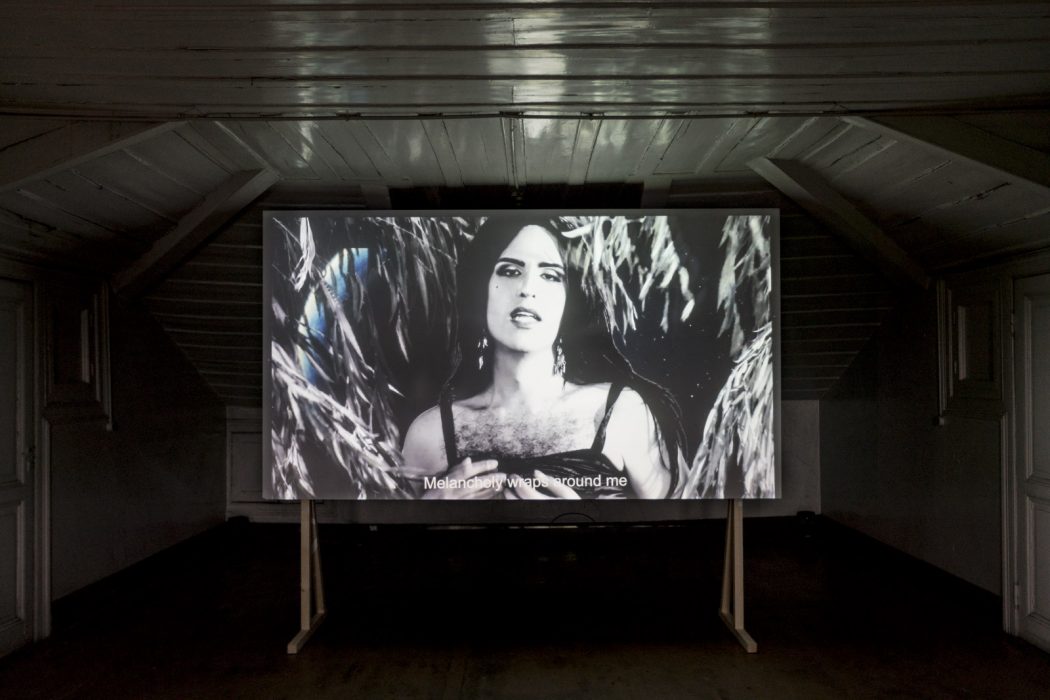
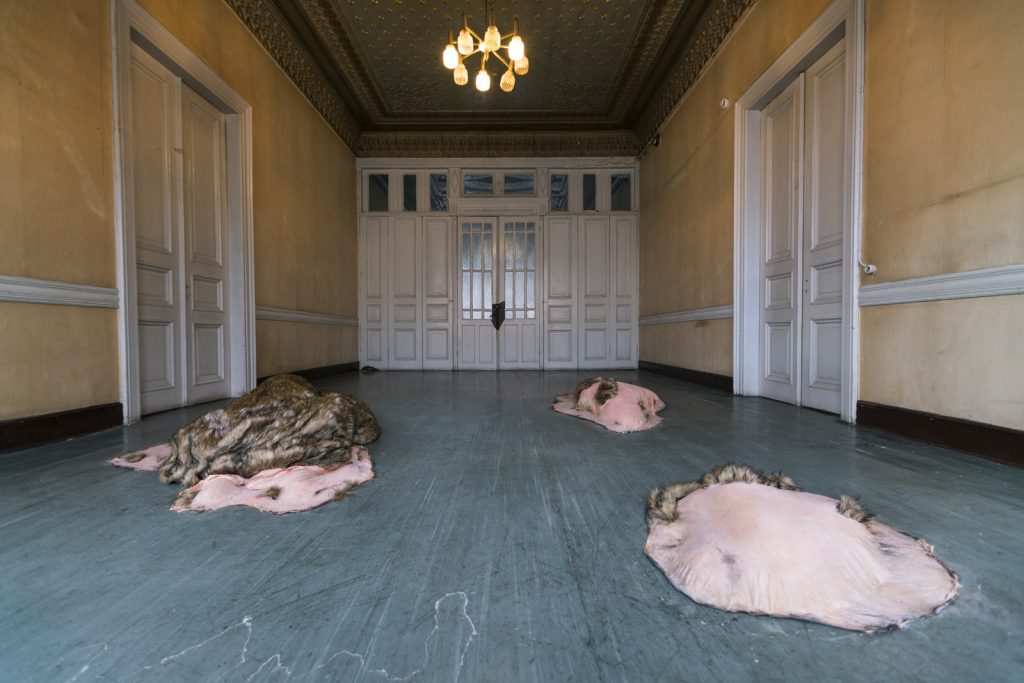
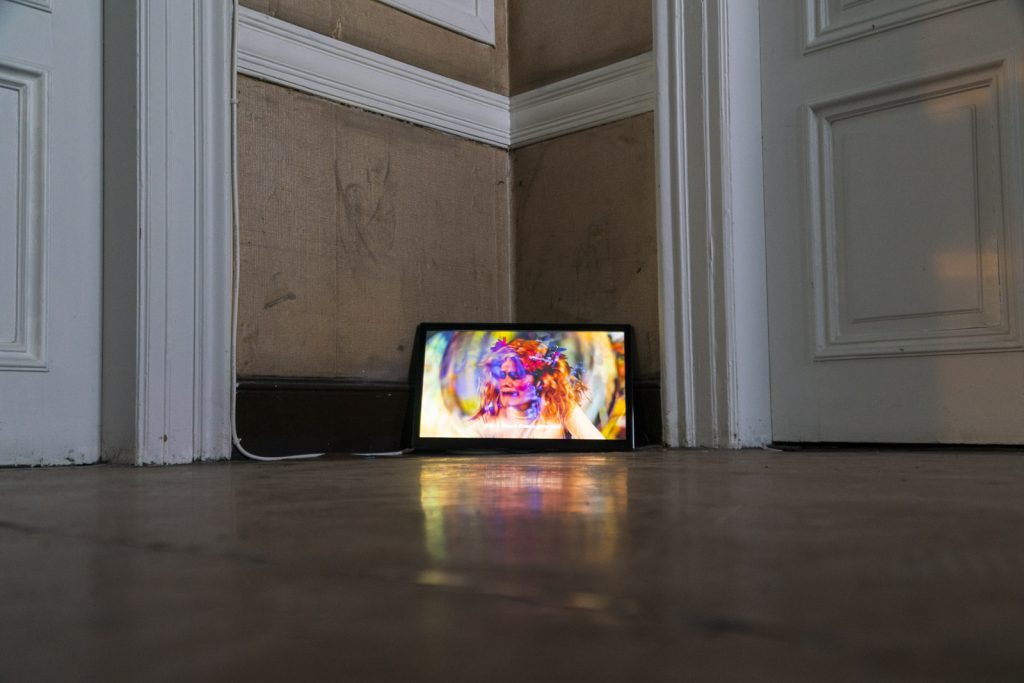
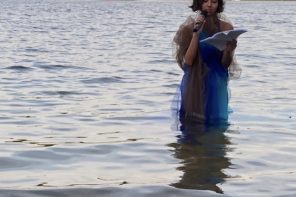

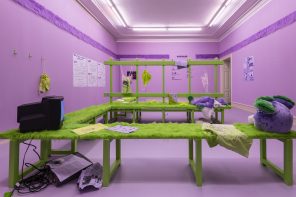
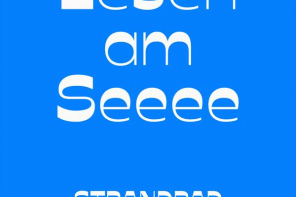

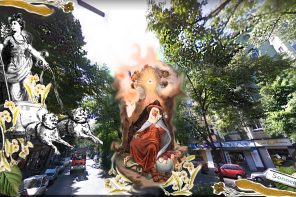
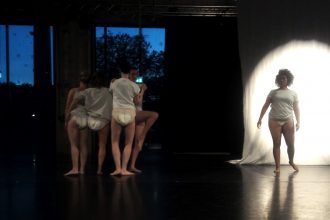
2 Comments